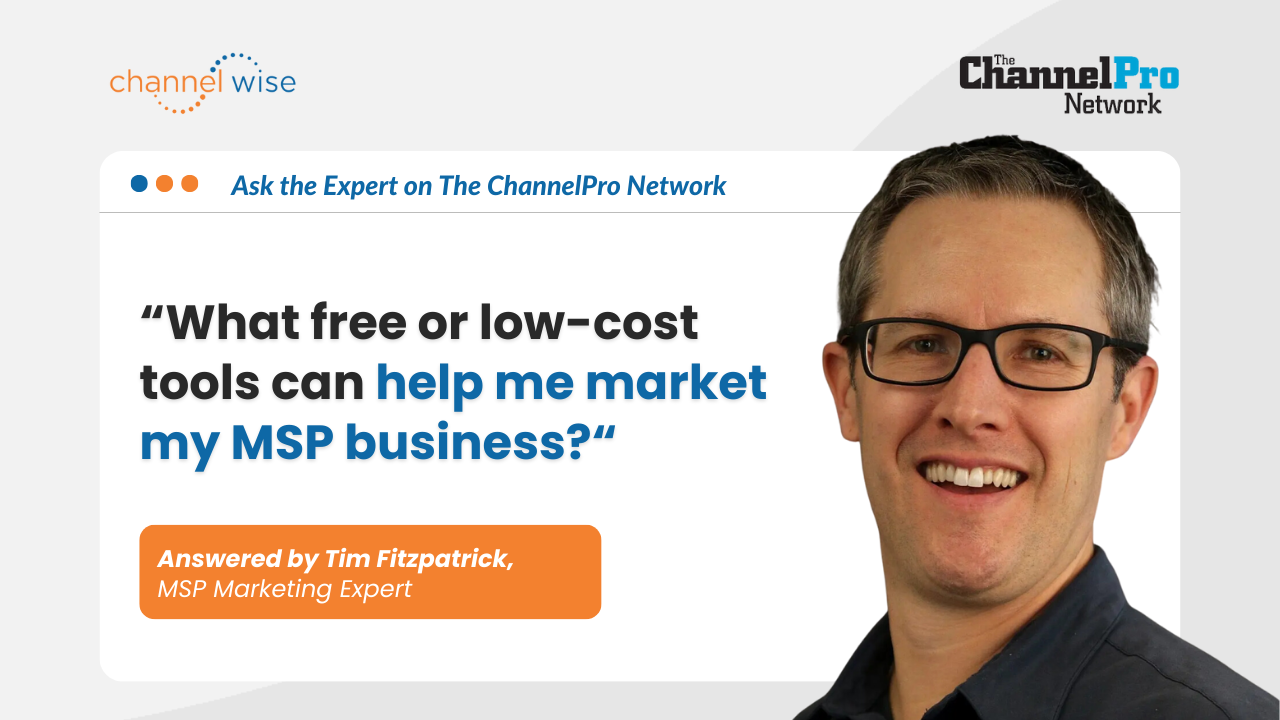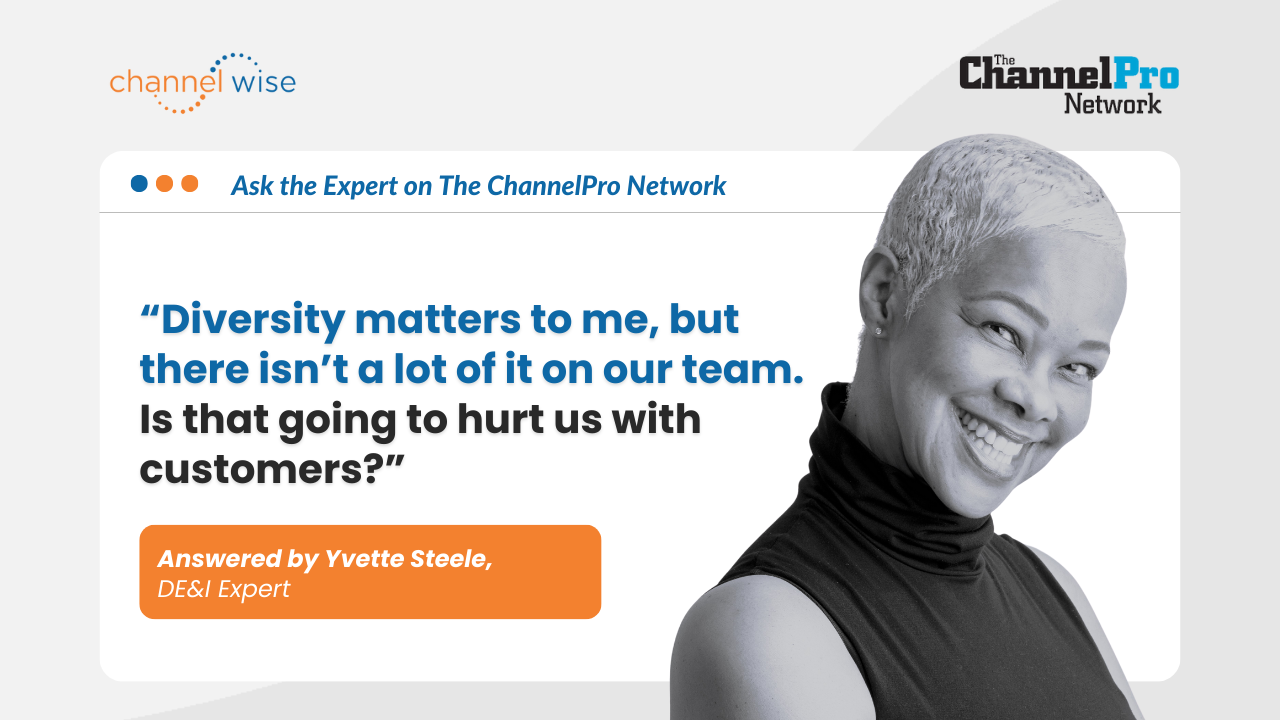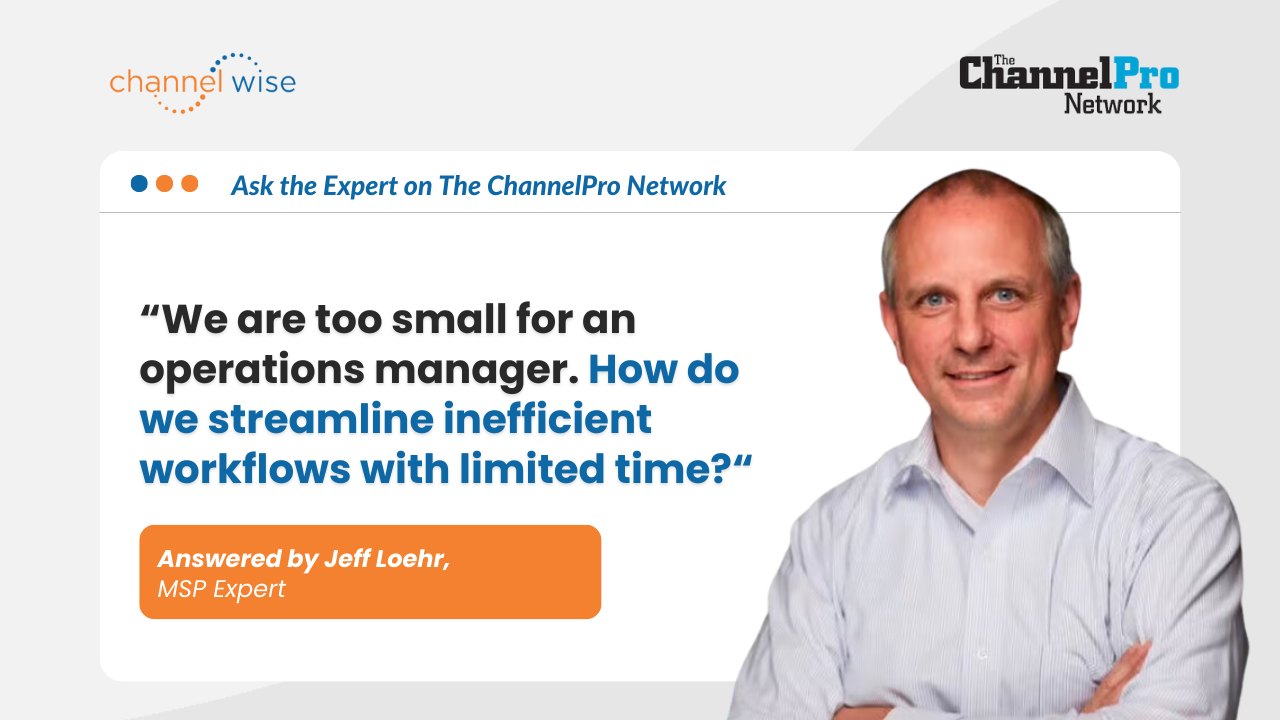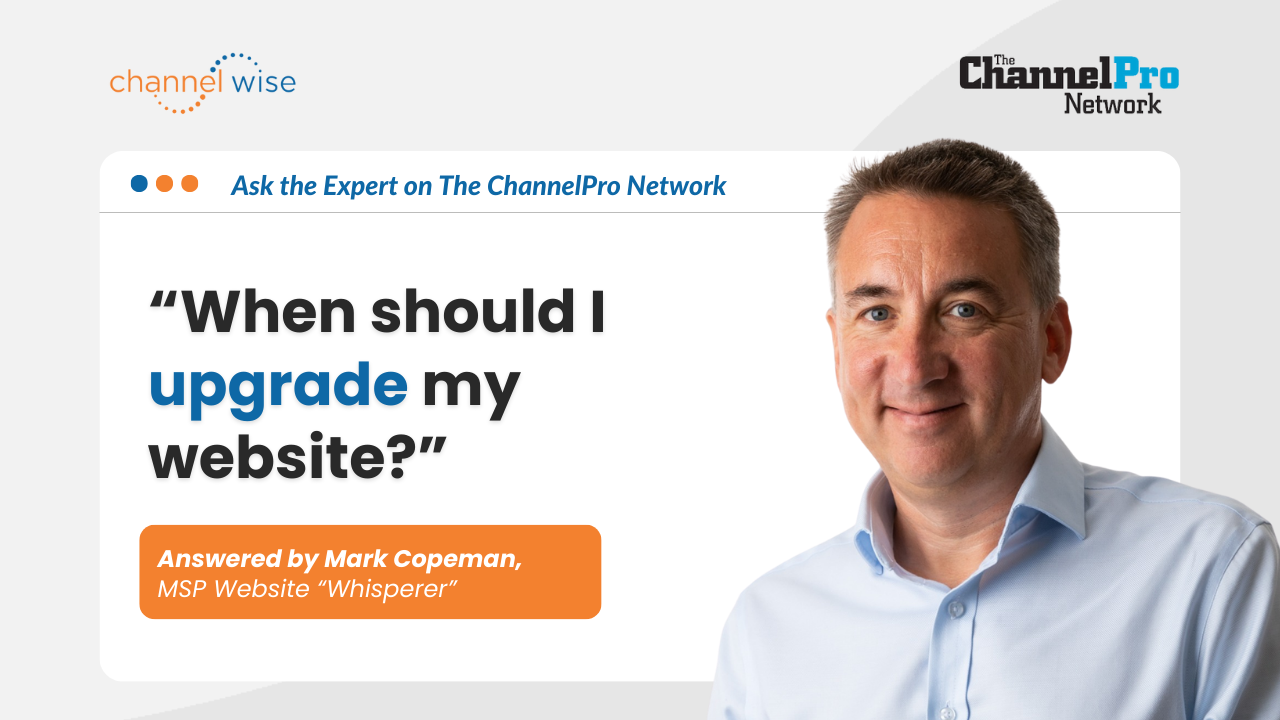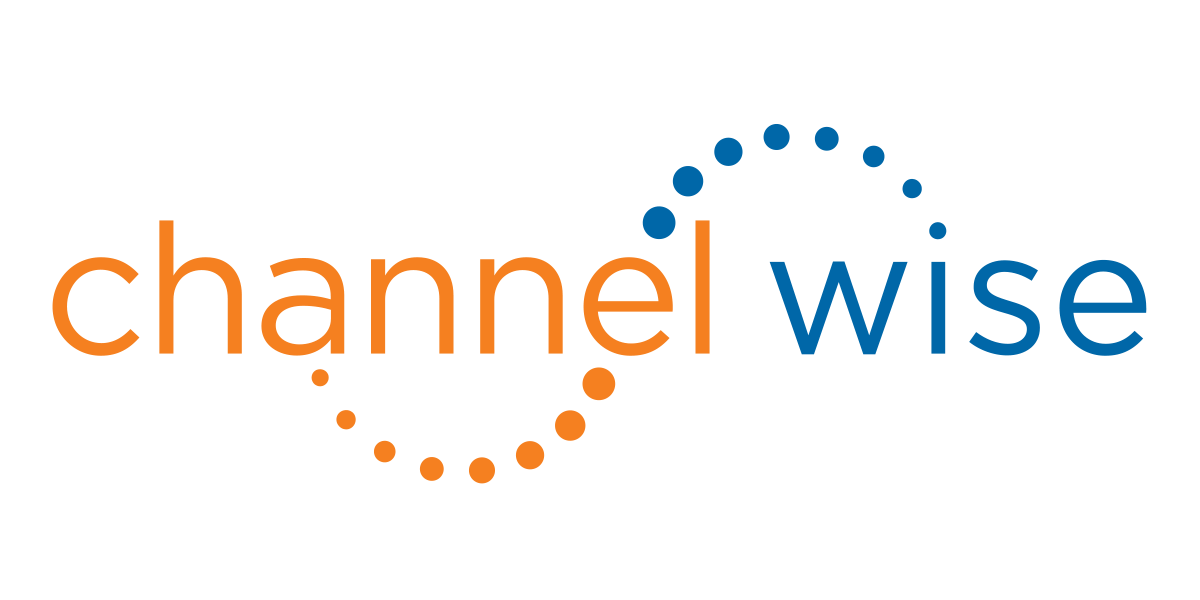Leadership Tips for Scaling Your MSP with Kyle Christensen
Click here to watch the replay:
As the managed service provider (MSP) industry continues to evolve, success requires technical expertise, effective leadership, and a clear vision for growth. But where do you start? In this Ask the Expert episode, Kyle Christensen, a business strategy and outcomes expert on channelWise, shared his perspectives on the leadership strategies that will help MSPs scale and grow.
Highlights:
- Brainstorming sessions can help MSPs outline the tasks necessary for growth.
- Sticking to a goalpost involves measuring backward and changing perspective.
- Discipline and intention are crucial for scaling and growth during economic contraction and restructuring.
What is your advice for business leaders during the pandemic, the great resignation, and the great restructuring or contraction?
Leaders must have discipline and intention in their business plans and strategies, focus on their goals, and march to the same beat, not change direction. This will help them achieve their goals, have a good culture, and have great success.
How do you help clients focus on their goals?
I help them define their goals and understand what is good for them, their legacy, their employees, and their business. By outlining specific goals and reverse engineering a plan to achieve them, we can put a goalpost in the sand and focus on their desired outcomes rather than comparative analysis or one-size-fits-all solutions. This approach helps my clients avoid distractions and work towards the results that matter most.
How can entrepreneurs avoid burnout and wasted effort?
Entrepreneurs can avoid burnout and wasted effort by setting realistic goals and focusing on them as their north star. It's also important to always measure backward and celebrate victories. Measuring backward helps gain perspective and reminds entrepreneurs of how far they have come, which can prevent burnout and wasted effort. It's important to balance achieving goals with taking breaks and celebrating achievements.
What leadership techniques are the most effective for achieving growth?
First, we need to figure out the goalpost. Let's say you want to achieve 50% growth this year, putting you at X million in revenue. We need to understand whether your growth is cyclical or seasonal. Then, determine what new revenue we must achieve to hit that growth target.
The next step is to ask questions, like how can we achieve 50% more every month in that quarter? We then categorize those tasks into three categories: find work, do work, and get paid. We assign ownership of those categories to individuals to ensure accountability. We also pace the tasks in a way that makes sense and addresses any prerequisites. By breaking down the growth process into manageable tasks, we can avoid feeling overwhelmed and steadily progress toward achieving our goals.
What's the main idea about leadership development you want the audience to take away?
I believe that it's important to define what "good" means for you, your business, and your employees. It doesn't have to be mutually exclusive, and being open and transparent with your leadership team can help you find common ground. By doing so, everyone is challenged to do great things, which is how successful teams can grow businesses fast and scale while ensuring that everyone loves working there.
For more advice about leadership strategies for MSPs, visit Kyle's profile on channelWise.
Check out channelwise.com to find more experts to help you with your business or career.
Note: Transcript is edited for time and clarity. Originally published on LinkedIn.
